Collaboration:
Toyota Material Handling Europe (Mjölby, Sweden)
My role:
UX designer and Researcher
Timeline:
5 months (2022-2023)
Mentors:
Torbjörn Andersson
Tomas Jankauskas Renee Wever (Examiner)
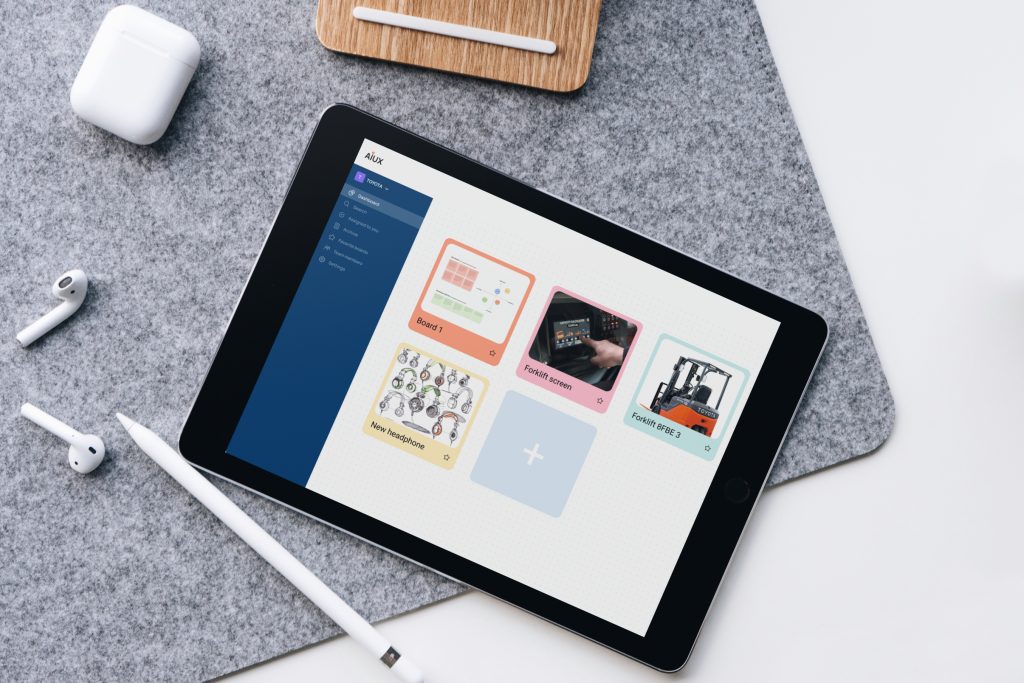
Background:
During this project, I explored the intersection of Artificial Intelligence (AI) and User Experience (UX) design, aiming to leverage AI capabilities to enhance the overall user experience design process.
Design Process:
I used the Research Through Design methodology for structuring my research and the Double-diamond design methodology for the UX design part of the project. The design process commenced with an extensive literature review focusing on AI integration in the design process and designers’ willingness to adopt AI tools. This was followed by user interviews, data collection, and an exploration of generative AI tools. Subsequently, the process involved facilitating workshops, prototyping ideas, and employing AI tools to assess their viability as a design assistant. The research findings underscore the significant capabilities of AI in improving workflow efficiency for UX designers at all stages of the design process.
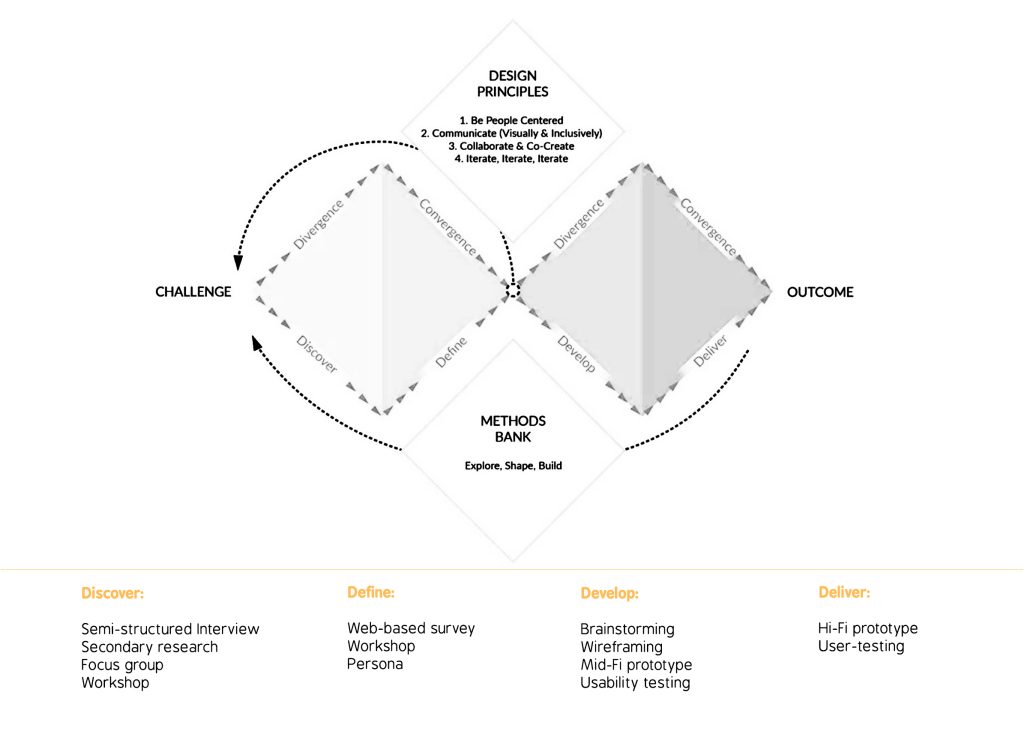
Interviewing
Interview 1

Interview 2

interview 3

Interview 4

Focus Group
I initiated a focus group session to determine the typical design process employed in a UX Design project. The objective was to pinpoint specific stages within the design practice where generative AI could offer valuable contributions.
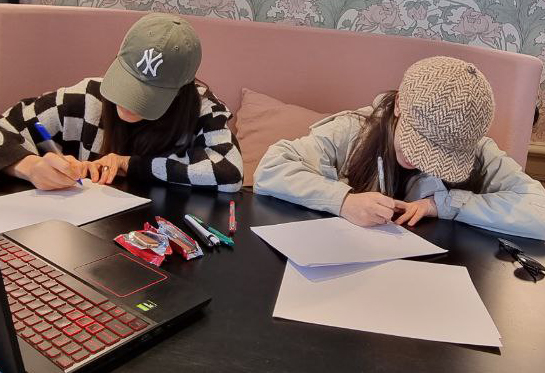
Following an exploration of the prevalent design processes favored by UX designers and an assessment of various AI tools in design, including AI-powered Figma plugins, I proposed a selection of tools suitable for each stage of the process. Subsequently, these tools were put to the test during a hypothetical design project in a workshop, involving active participation from the workshop participants.
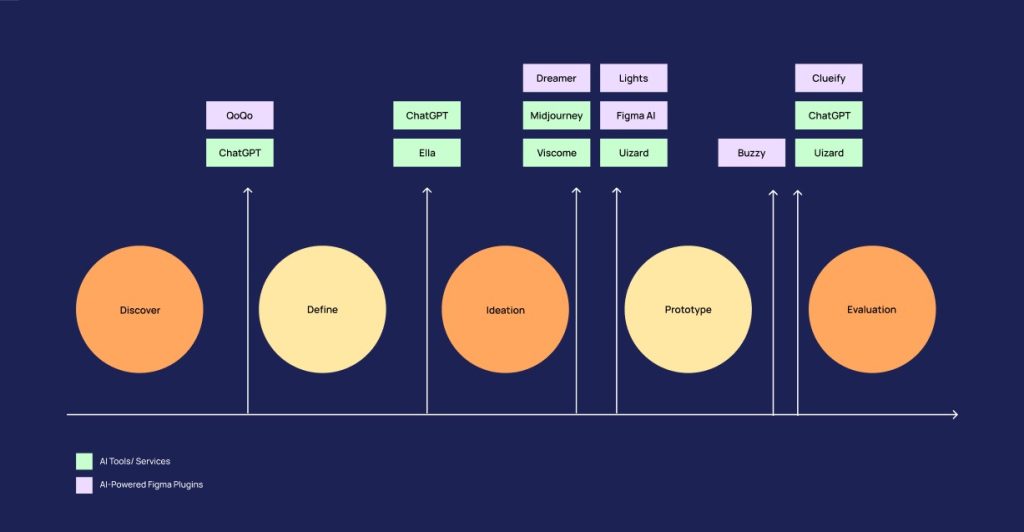
Workshop
I conducted a workshop on integrating AI tools in ideation. Participants shared traditional ideation experiences, used AI tools for idea generation, and conducted a comparative analysis. While AI facilitated speedy benchmarking, a limitation was noted: generated ideas often mirrored existing concepts due to reliance on pre-existing data. The workshop concluded with participants gaining a nuanced understanding of when to use AI tools versus traditional methods, empowering them to make informed decisions about AI integration for optimal design outcomes.
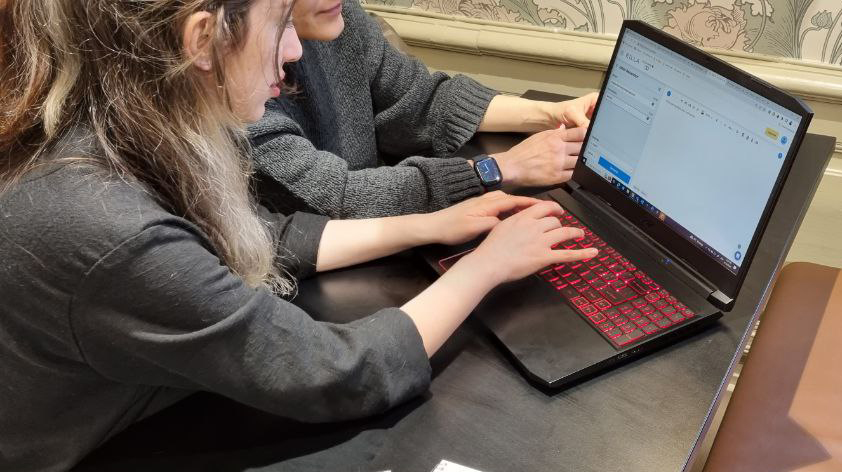
Persona
By leveraging insights gathered from interviews and workshops, I developed a Persona, enabling me to center my focus on the target user group. Crafting a Persona based on insights gathered from interviews and workshops proved instrumental in refining our project’s target audience. To facilitate this, I utilized Fabrie, an AI tool, for persona creation and brainstorming. Fabrie offers a range of templates and a collaborative online workspace, which allowed me to experiment with the tool’s capabilities and assess its strengths and limitations from a designer’s perspective.
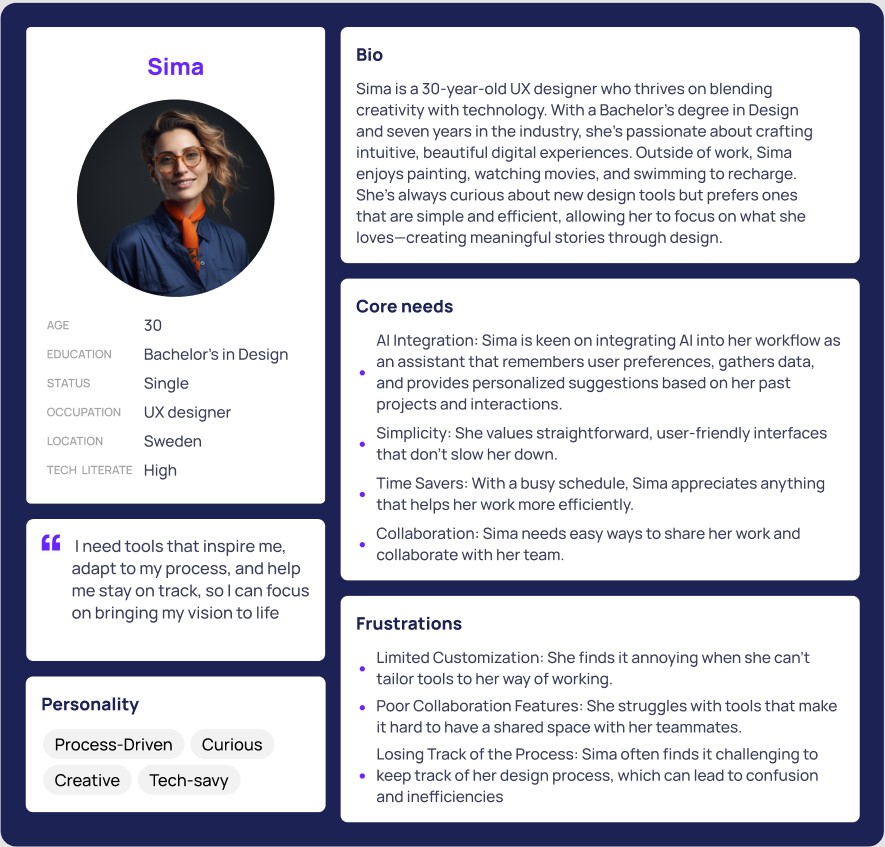
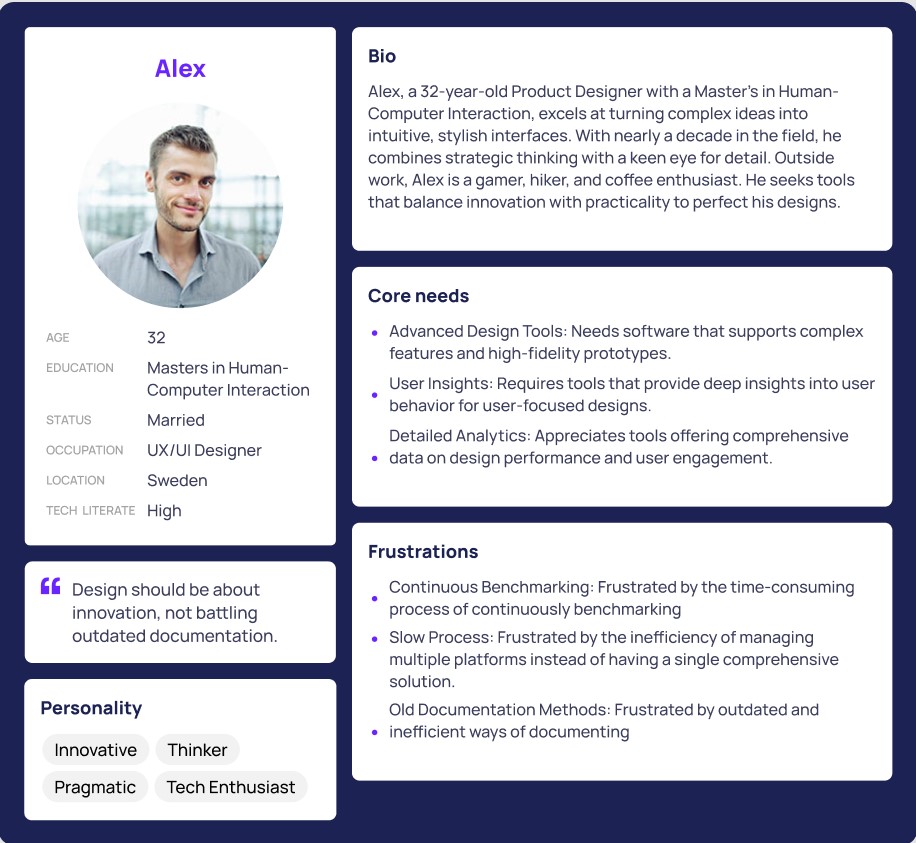
Brainstorming/ Mind-mapping
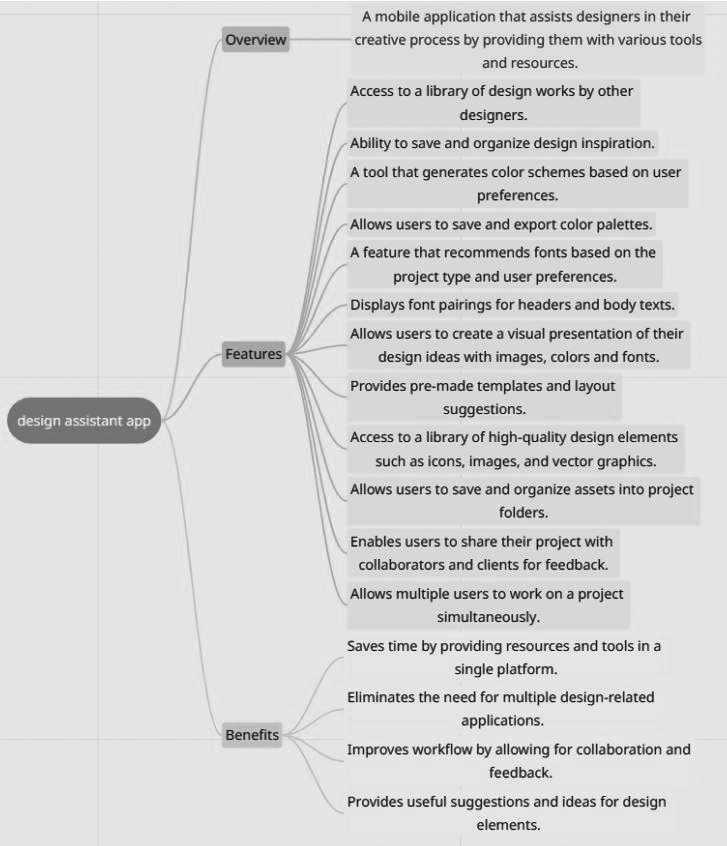
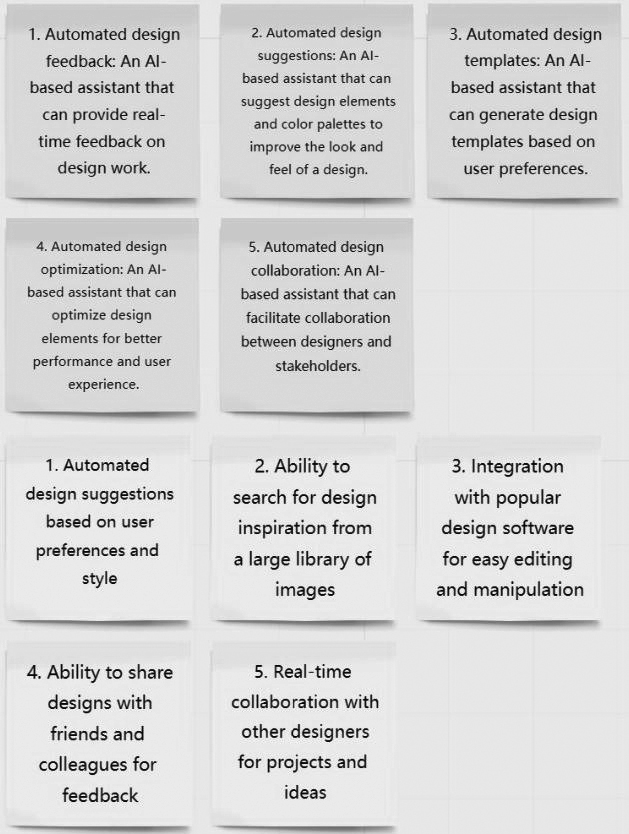
Hand-drawn app wireframe
Setting forth, I crafted the wireframe for the AIUX app, which is aimed to assist UX designers. The app provides the designers a way to load the data of the project quickly by just answering a few simple questions. After that, the AI creates a board that shows the provided data as well as data from the internet and gives feedback at every step of the project. The designers are accountable for accepting the recommendations if they deem them fit, and they can also request for more information if they want it.
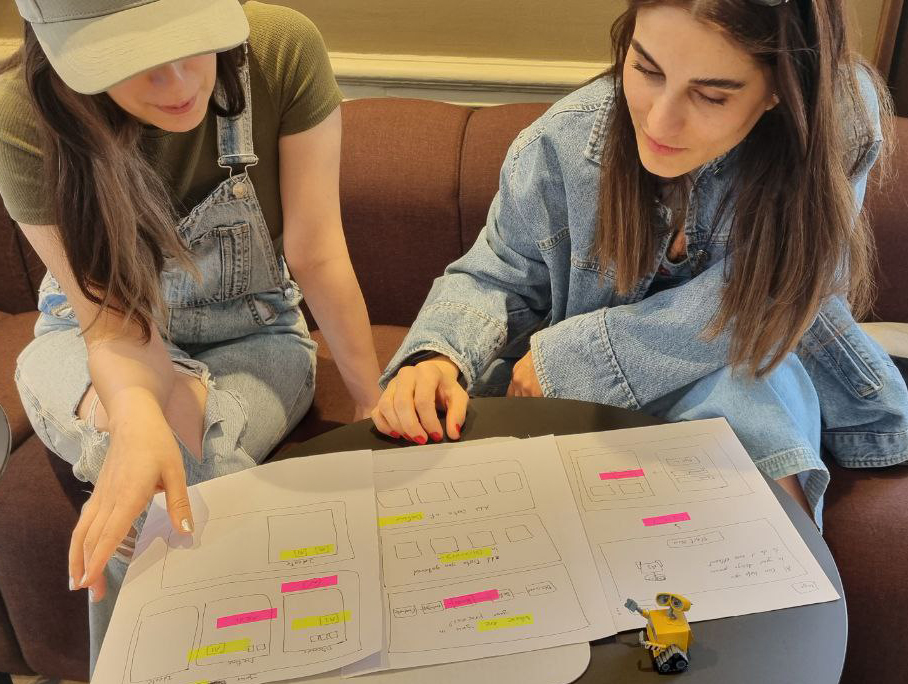
Mid-Fidelity prototype
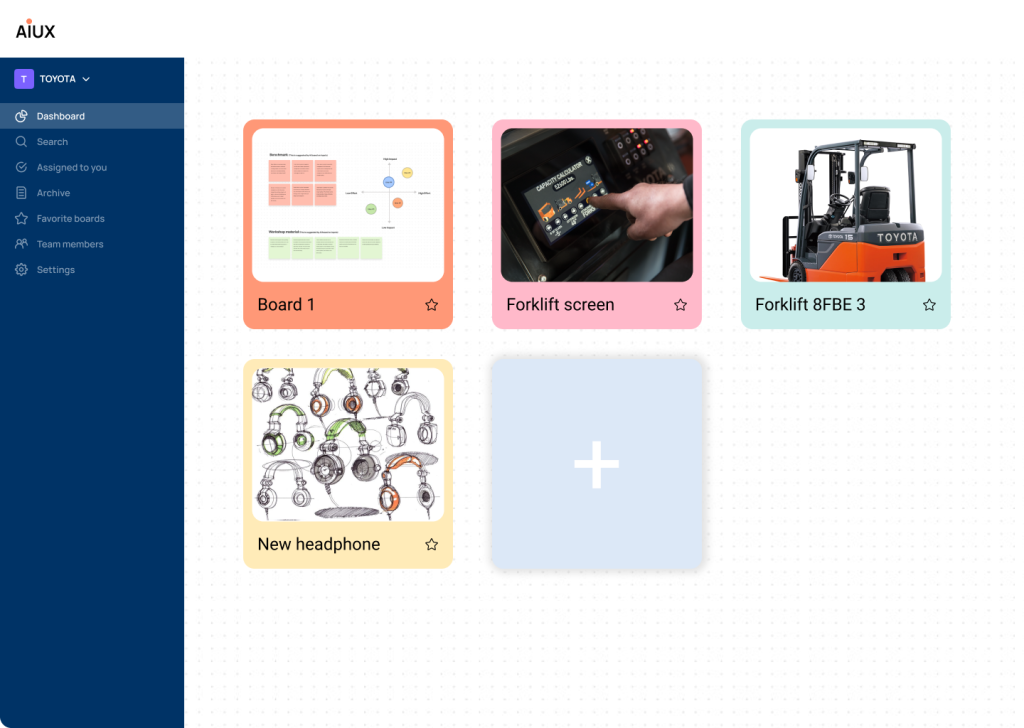
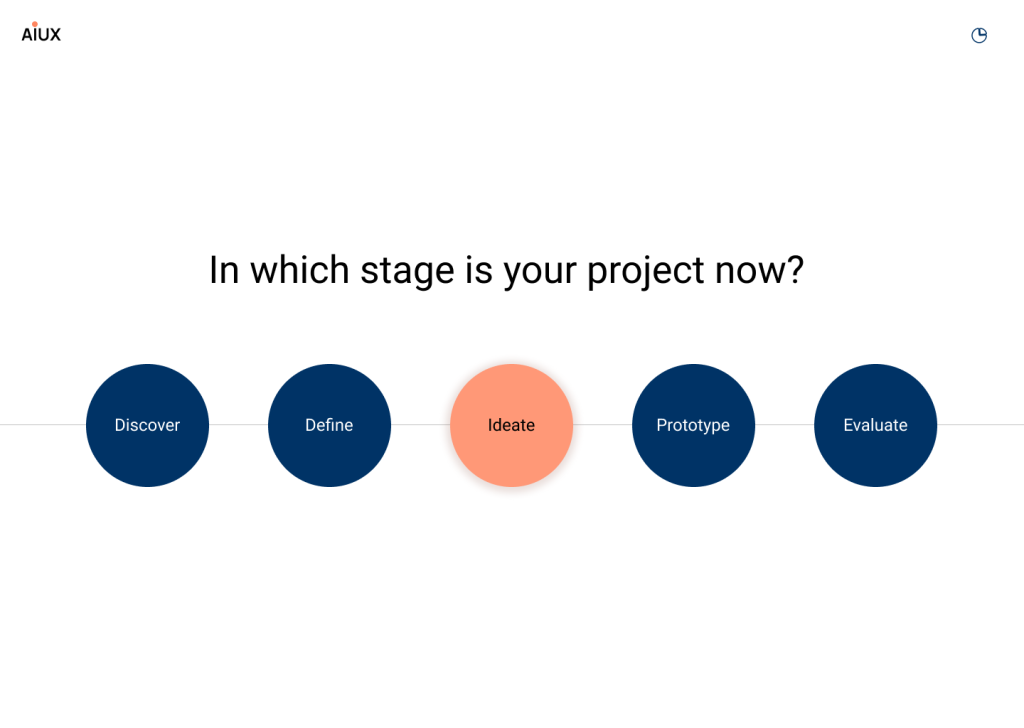
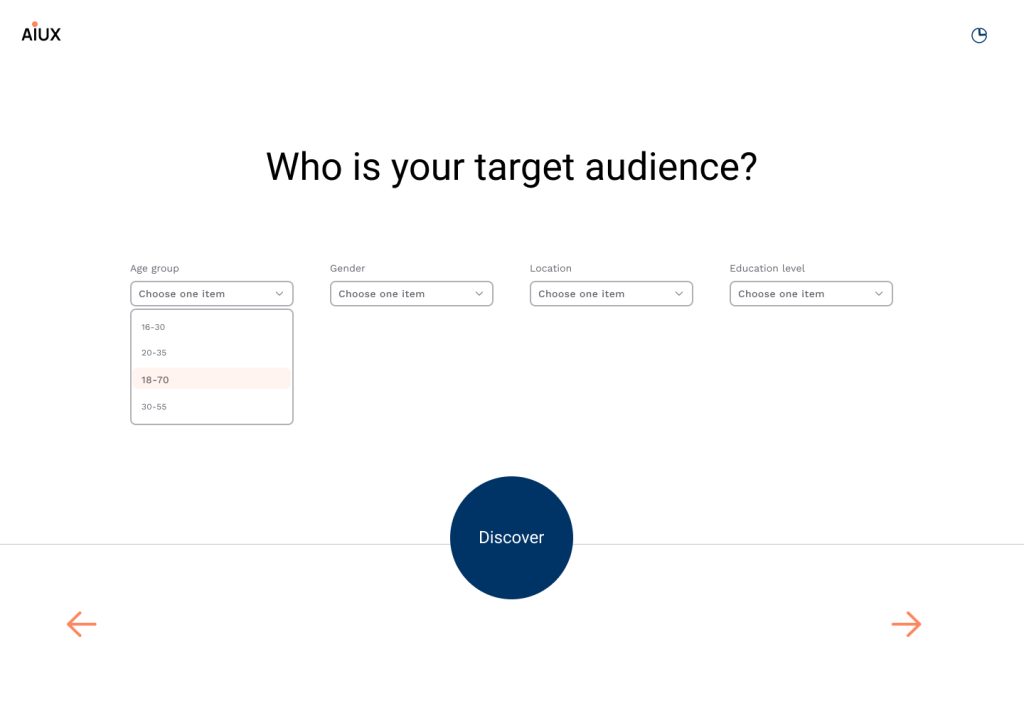
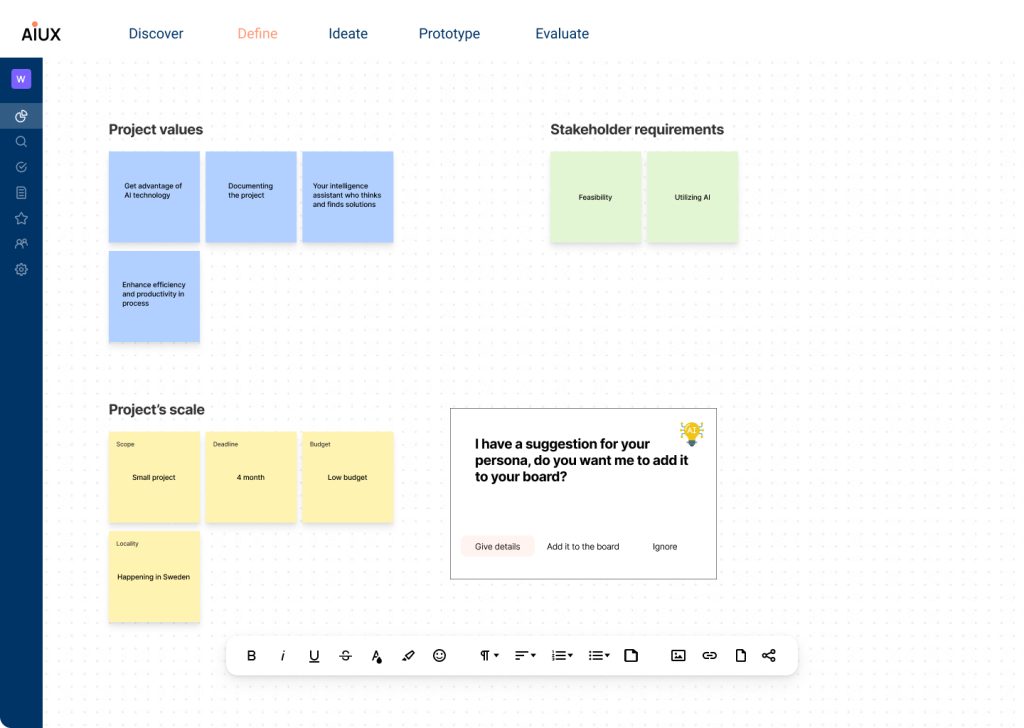
Usability testing and evaluation
To evaluate the Figma prototype’s usability, I conducted a usability test with two designers. Moreover, I sent the prototype URL to two expert UX designers for their evaluation. As part of the usability test, the participants interacted with the prototype and provided valuable comments and insights. I have noted their comments and suggestions for the future.
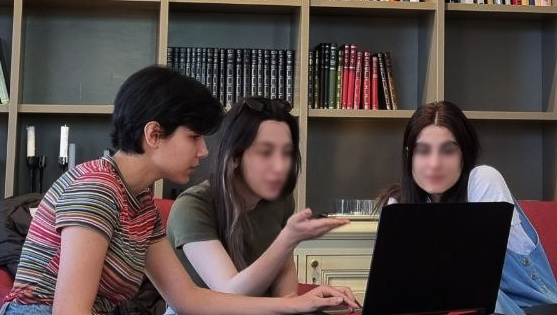
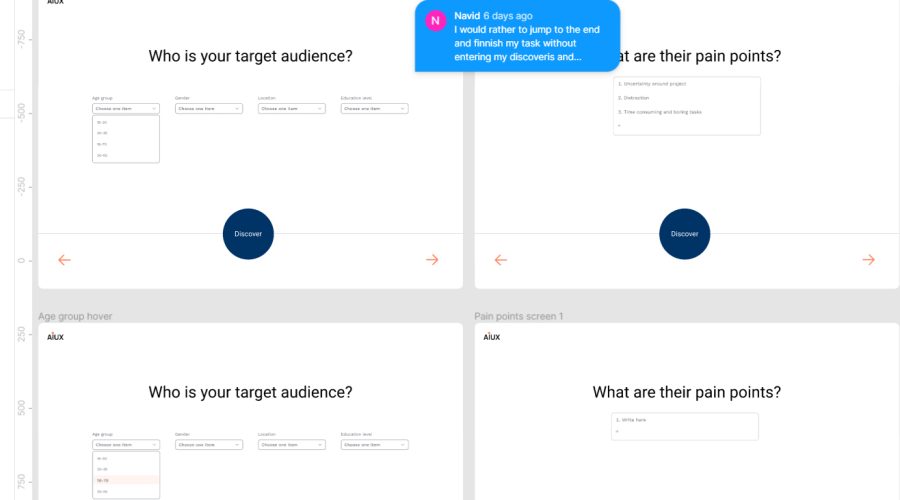
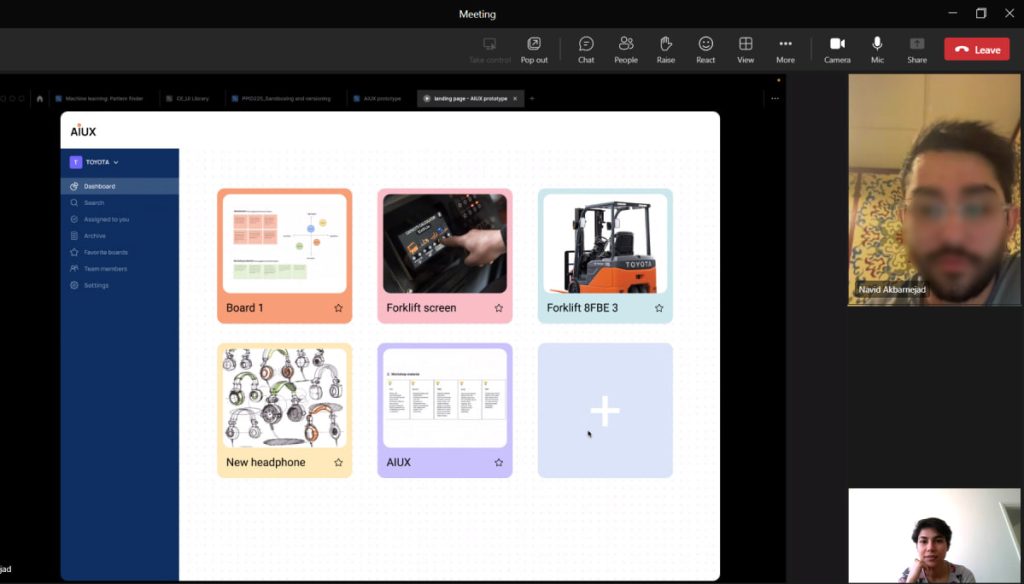
Outcomes:
Based on this research, I recommended the development of a dedicated application that specifically addresses the needs and workflow of UX designers, seamlessly incorporating AI capabilities throughout the design process. By aligning this application with the needs of UX designers, it would create a more seamless and efficient experience, ultimately enhancing their productivity and allowing them to harness AI more effectively.
Reflection:
This project has been a notable learning process for me. I’ve gotten a clear picture of what AI and machine learning entail. I furthermore examined the enormous potential and the constraints of AI in which my view has extended.
